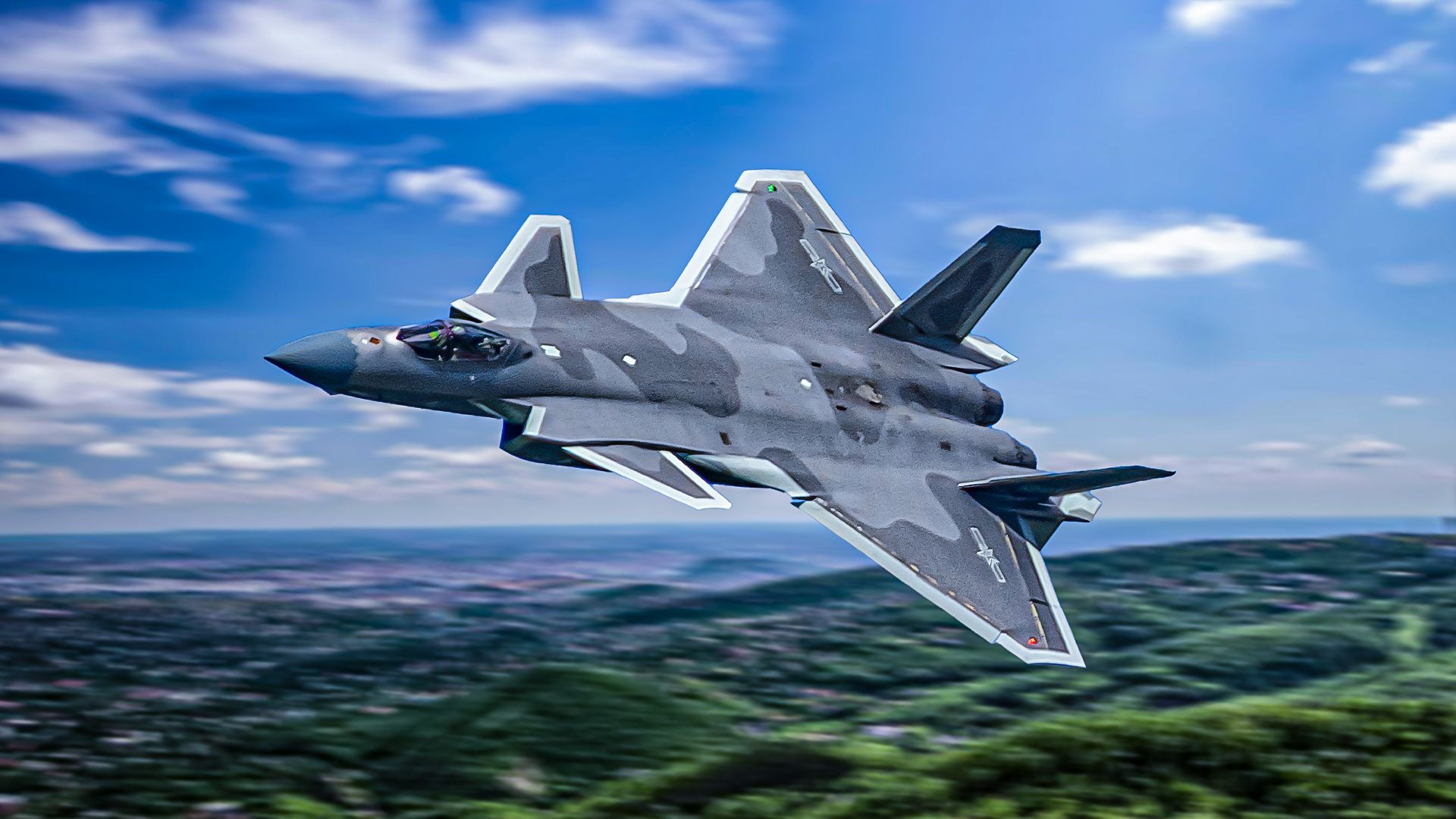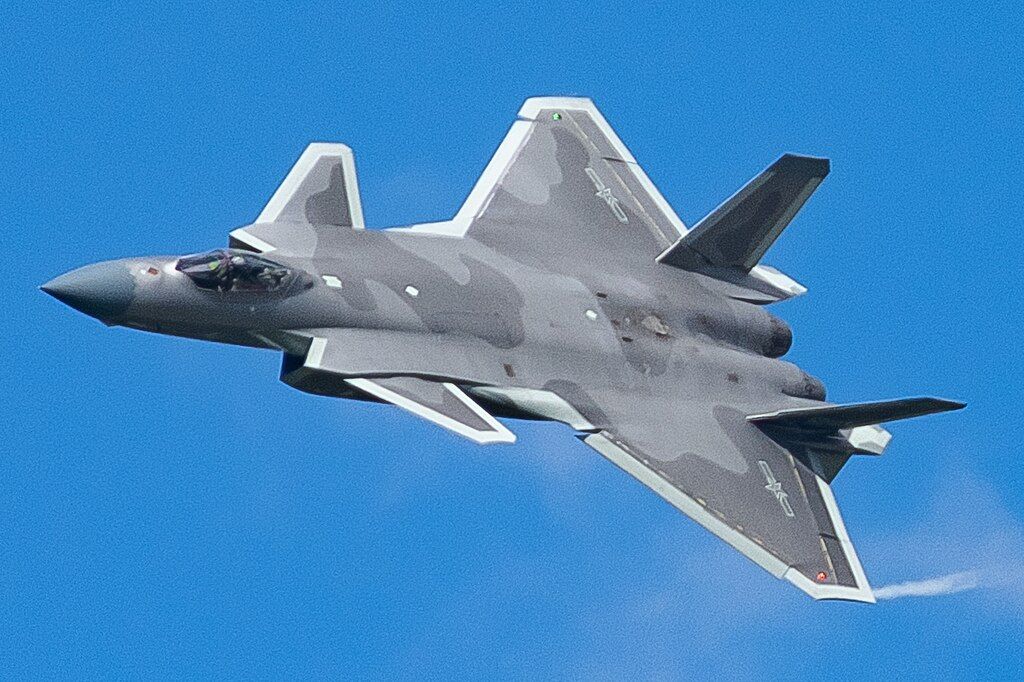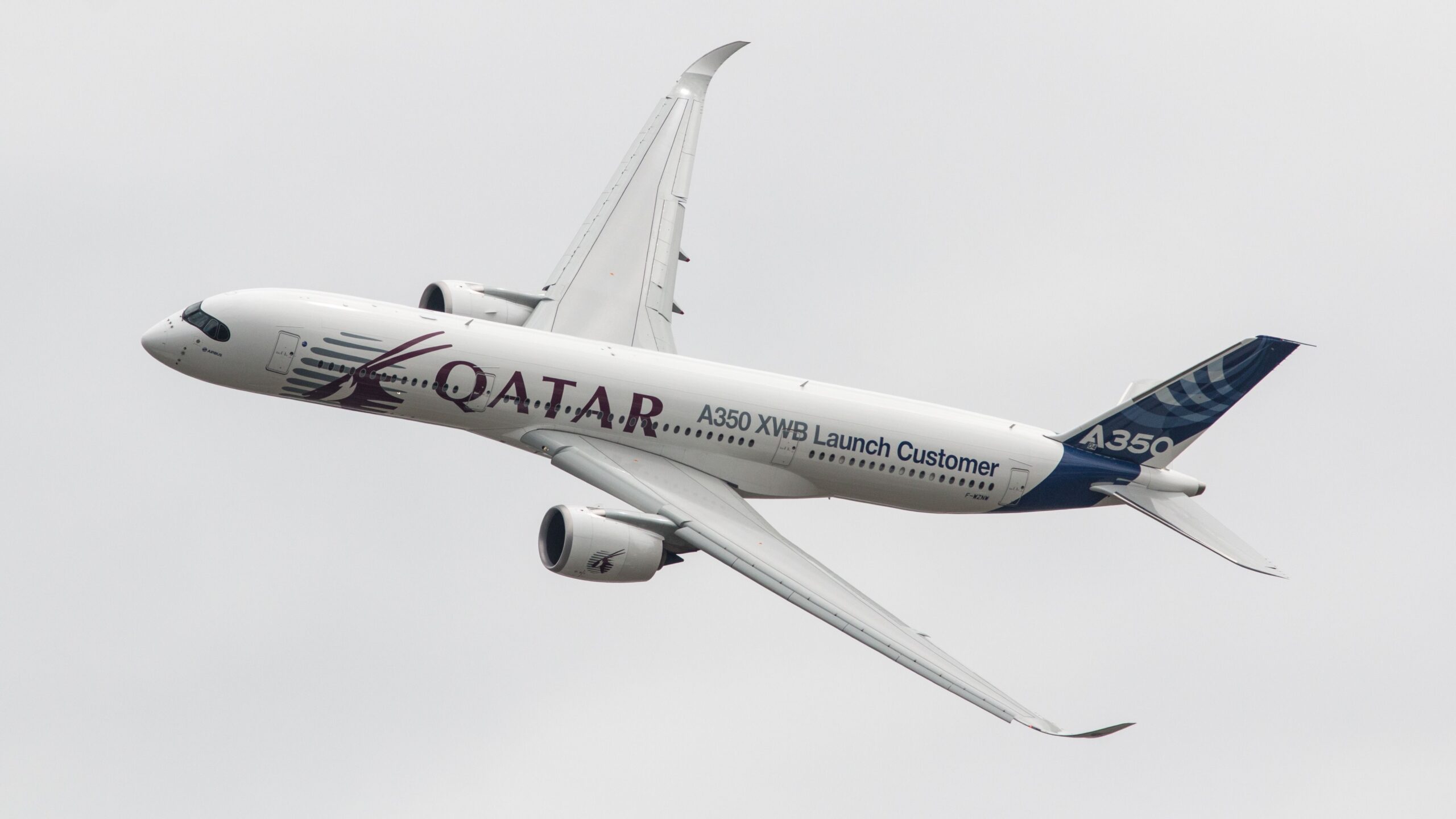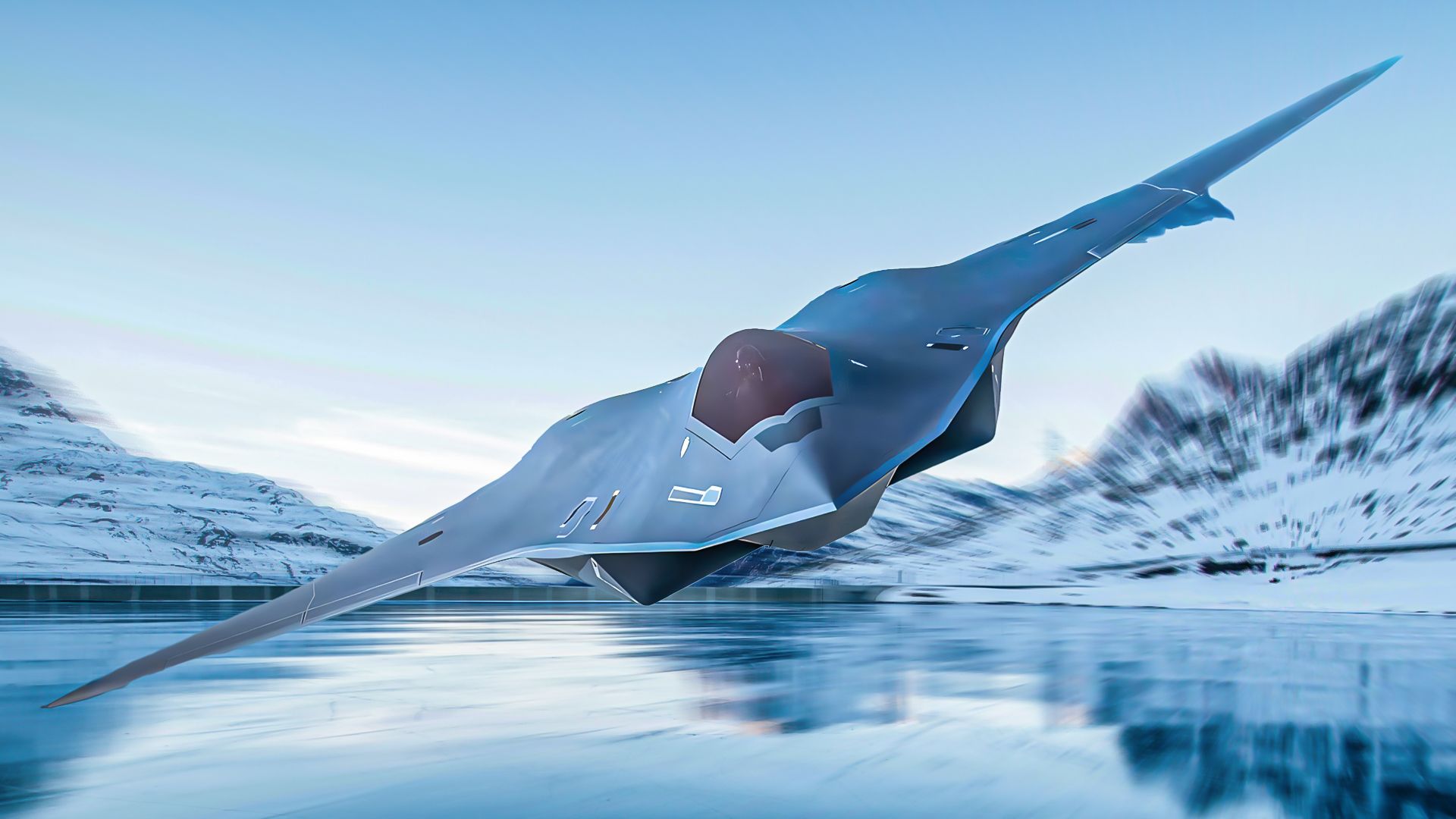Summary
- China’s Chengdu J-20 made headlines as the first non-Western 5th Generation stealth fighter.
- Estimates vary on the number of J-20 in China’s arsenal, ranging from 19 to 250.
- The J-20 is considered at least somewhat stealthy but lacks a cannon and is unproven in combat, hindering its foreign sales.
Red China’s Chengu J-20 Wēilóng (“Mighty Dragon”; NATO reporting name Fagin, like the dastardly thief from the Charles Dickens “Oliver Twist“) made quite a splash when it made its maiden flight. After all, it was the first non-Western 5th Generation stealth fighter, which gave the People’s Republic of China’s (PRC’s) People’s Liberation Army Air Force (PLAAF) in relation to Russia, whose Sukhoi Su-57 “Bandit” was three years behind the “Fagin” in attaining official operational status.
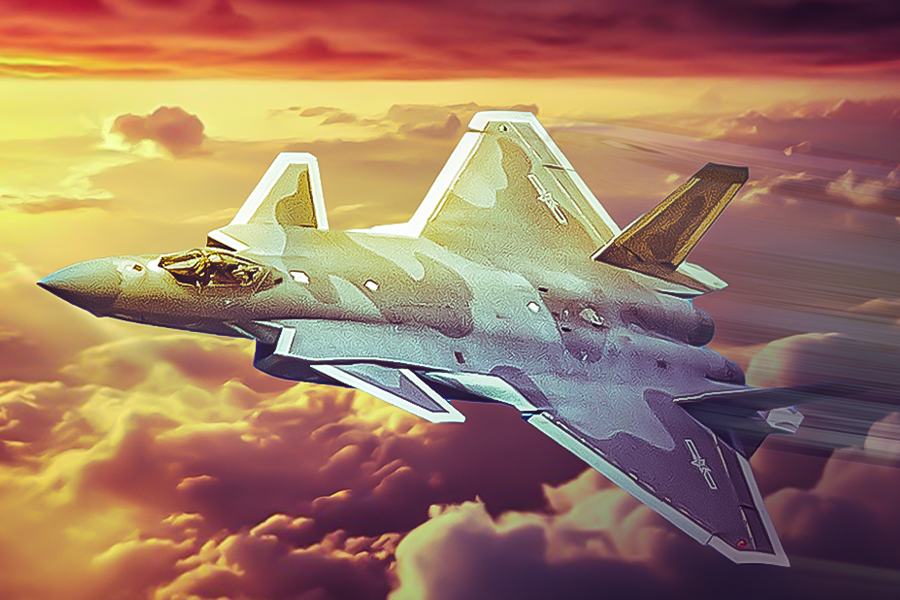
Related
Mighty Dragon: The Chengdu J-20 Chinese Fighter Jet’s Capabilities
Multiple prototypes were tested before it entered into active service.
The J-20 is arguably the ultimate embodiment of the PRC’s ever-expanding military expansionism and technological prowess. But whilst on the one hand, it must certainly be taken seriously, on the other hand, one must be careful not to overhype it and make it out to be some sort of invincible super-plane. So, what are its true capabilities vs. mere hype and/or speculation? Simple Flying shall now attempt to tackle that question.
How many J-20 jets does China have?
There are conflicting answers to this question from the various sources at one’d fingertips. The usually reliable and up-to-speed World Directory of Modern Military Aircraft (WDMMA) gives an awfully low-ball estimate of 19 “Mighty Dragon” airframes in the PLAAF inventory, but upon further mouse clicks mentions “some 50 or so airframes completed,” which still sounds like an overly conservative estimate.
Turning to a December 2022 report in DefenseNews which covered the Zhuhai Airshow, reporter Mike Yeo cites aviation expert Andreas Rupprecht, who, based on the construction numbers witnessed at the airshow, estimates the total J-20 production at 208 aircraft.
Last but not least, we have a December 2023 article in Scramble, the online magazine of the Dutch Aviation Society, which posits:
“With the 200th aircraft built noted early this year, total production should be getting close to 250. As a result at least nine People’s Liberation Army – Air Force (PLAAF) Brigades are flying the stealth CAC J-20A, with unconfirmed rumours about another five Brigades that also would have started flying the J-20A this year.”
Frankly, if I were wargaming a shooting war involving Red China, I would err on the side of caution and be inclined to go Scramble’s or Mr. Rupprecht’s estimates on the Wēilóng ‘s numbers of WDMMA’s. “Hic Sunt Dracones (Here be dragons),” quoth the old Latin warning from medieval maps.
Is the Chengdu J-20 stealth?
The short answer is, “Yes, but…”
For a more detailed and nuanced explanation, we turn to a July 2021 article in National Defense Magazine by Jon Harper. Mr. Harper starts off by citing a U.S. Defense Intelligence Agency (DIA) report to Congress which specifically attributes “stealth characteristics” to the J-20.
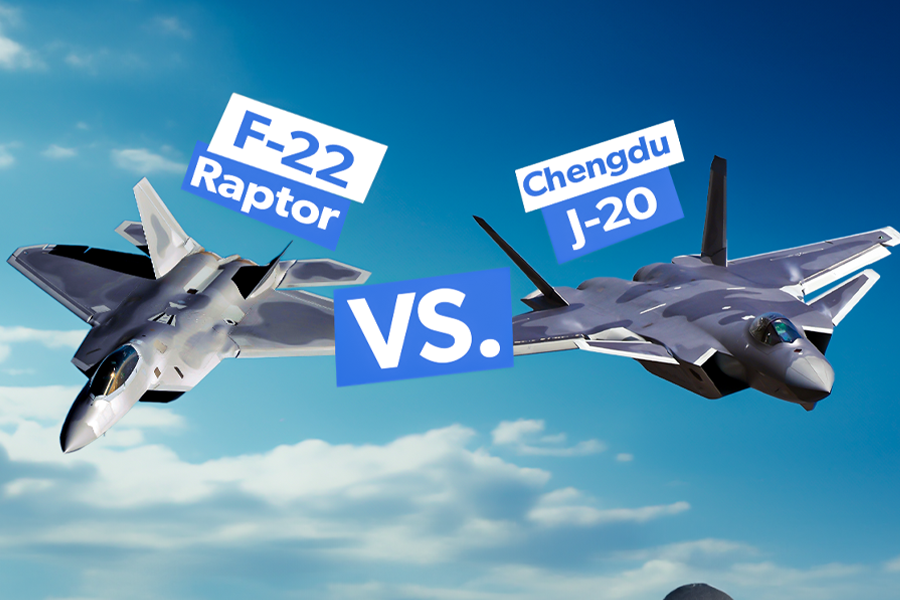
Related
F-22 Raptor Vs. Chengdu J-20: Which Has Superior Stealth?
Both aircraft are among the few operational stealth dogfighters.
From there, Harper cites Col. (USAF, Ret.) John “JV” Venable, former commander of the Thunderbirds and later Senior Research Fellow for Defense Policy at the Washington, D.C.-based Heritage Foundation think tank:
“There are several different aspects of stealth, he explained in an interview. One is the exterior design and how that enables radar evasion. Heat signature and electronic emissions are also major factors that affect observability.”
“The United States is almost certainly employing intelligence-gathering assets to try to learn more about the aircraft. However, those efforts may only yield “informed guesstimates… “’Those all give us a better and better picture, but not until we get our hands on the platform will we really know what they’re capable of doing,’ Venable said.”
“The J-20, in my estimation, would be dead long before it had the ability to maneuver against either the F-22 or the F-35,” [Venable] said. “It’s got enough spikes on it to where the radar returns on it are likely to be much more significant, which means that the F-22 and the F-35 can see it a lot farther away.”
The “spikes” that “JV” are referring to are the forward canards on the fuselage, which are indeed suboptimal from a stealth perspective.
What is China’s most advanced fighter jet?
Well, we’ve already been talking about it this entire time. (“Thank you, Captain Obvious!”) Being the PRC’s only 5th Generation fighter, it is by default that country’s most advanced fighter jet.
After all, the “Fagin,” true to its Western namesake, leverages technology designs stolen from the United States through industrial espionage; incorporating many features which have been copied from the F-22 and F-35, including nose cone shaping, the electro-optical targeting system (EOTS) under the nose, and side-mounted diverterless supersonic inlet intakes.
In addition, the PLAAF lays a claim to innovation with regard to the J-20’s PL-10 short-range air-to-air missiles. Brian Hsu laid out the details in an April 2013 Aviation News International article:
“The missile…was shown in a video inside the starboard intake weapons bay before being moved outside the airplane by an ejection system. The door of the bay then closed, leaving the missile outside, but still attached to the airframe.”
“This arrangement is said to allow the missile to be fired in the shortest time possible. In the F-22 design, the door of its side internal weapons bay has to remain open for the launch of a missile, thus possibly compromising its stealth capability. By contrast, the J-20 could stay stealthy throughout the missile-launch process by keeping the bay door closed.”
Yet in spite of these advantages, this “Mighty Dragon” isn’t generating a mighty international sales performance.
Why is no one buying modern Chinese fighter jets?
Before we delve into political and socio-economic reasons why this is the case, I’m going to go out on a limb here and postulate that, from a technical standpoint, a major anti-selling point for the so-called “Mighty Dragon” is the lack of a cannon.
That’s right, no gun! The Wēilóng stands out as the only 5th Generation fighter with this glaring omission.
Playbing devil’s advocate here, I can kinda sorta understanding the rationale behind the absence of cannon: many experts out there insist that guns are outmoded for air-to-air combat, as dogfighting is a thing of the past, and objectively speaking: (1) the last recorded instance of a U.S. warplane shooting down any sort of aerial opponent via gunfire was that of an A-10 Warthog downing an Iraqi helicopter during Operation Desert Storm in 1991; and (2) one has to go back to June 2, 1972, to find the only supersonic jet-to-jet guns kill ever made, scored by an F-4 Phantom (piloted by U.S. Air Force Col. Phil “Hands” Handley) against a North Vietnamese MiG-19 “Farmer.”
But then again, as I said in my May 2022 article on J-20 that I wrote for 19FortyFive, “better to have and not need than vice versa.” Even if guns are hardly ever used for air-to-air combat, they’re still definitely useful for air-to-ground engagements, i.e. strafing enemy troops formations and vehicles and whatnot. And besides, as Alex Lockie pointed out in a January 2019 article for Business Insider:
“Enemy aircraft can’t jam a fighter jet’s gun. Flares and chaff will never fool a gun, which needs no radar. Bullets rip out of the gun already above the speed of sound and need not wait for rocket boosters to kick in.”
As for other reasons behind the J-20’s lack of foreign military sales (FMS), there’s the simple fact that the J-20 is still unproven in combat, in sharp contrast to the F-35 (which has been “blooded” in combat by the Israeli Force, specifically their F-35I “Adir” [“Mighty One”] variant) and the F-22 (whose first combat usage, in what was arguably a case of poetic justice, was killing that infamous Chinese spy balloon over the coast of South Carolina back in September 2023.) As the Economic Times of India put it in a March 2024 write-up:
“Even close allies like Pakistan have shown little interest, possibly due to its size, cost, and ongoing developmental challenges. The aircraft’s lack of combat exposure and participation in international air exercises further raise doubts about its operational effectiveness.”
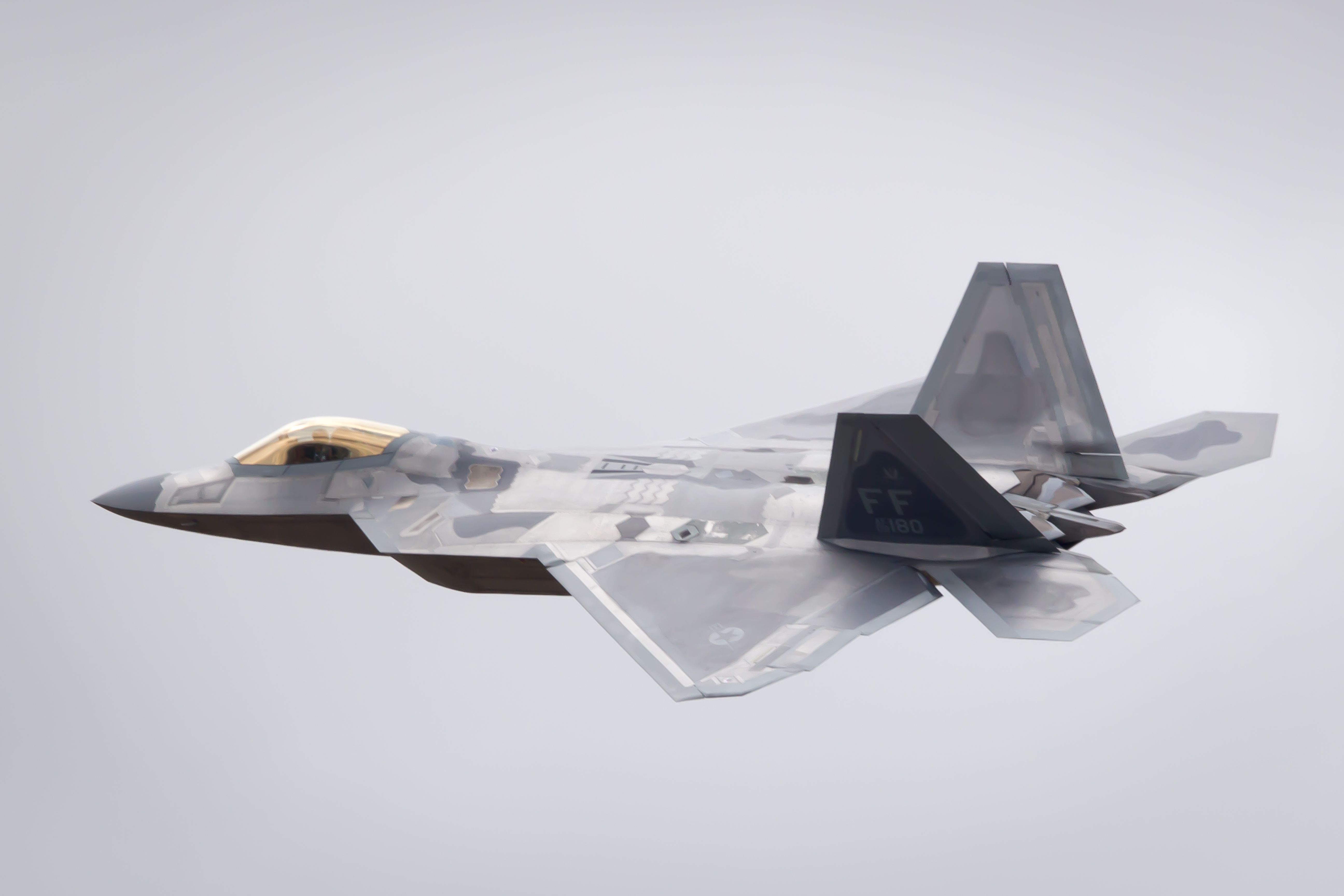
Related
F-22 Raptor: The Formidable Fighter Jet That Never Shot Down Another Plane
The fifth-generation fighter has not yet made a combat ‘kill’ but excels in other ways.
As for the socio-economic reasons…as indicated at the beginning, there are the concerns about Red China’s military expansionism. When that expansionism manifests itself as outright bullying against its Indo-Pacifc neighbors like India, Taiwan, Vietnam. and the Philippines, that’s not going to attract many customers.
For instance, India has no problem continuing to purchase Russian military technology, which has caused some friction in India’s relations with the US; by contrast, India enthusiastically partners with the US, Japan, and Australia in “The Quad” as a bulwark against Chinese hegemony. India shows zero interest in buying the J-20 and is instead concentrating on its homegrown Hindustan Aeronautics Limited HAL Tejas Light Combat Aircraft (which uses American-made General Electric engines).
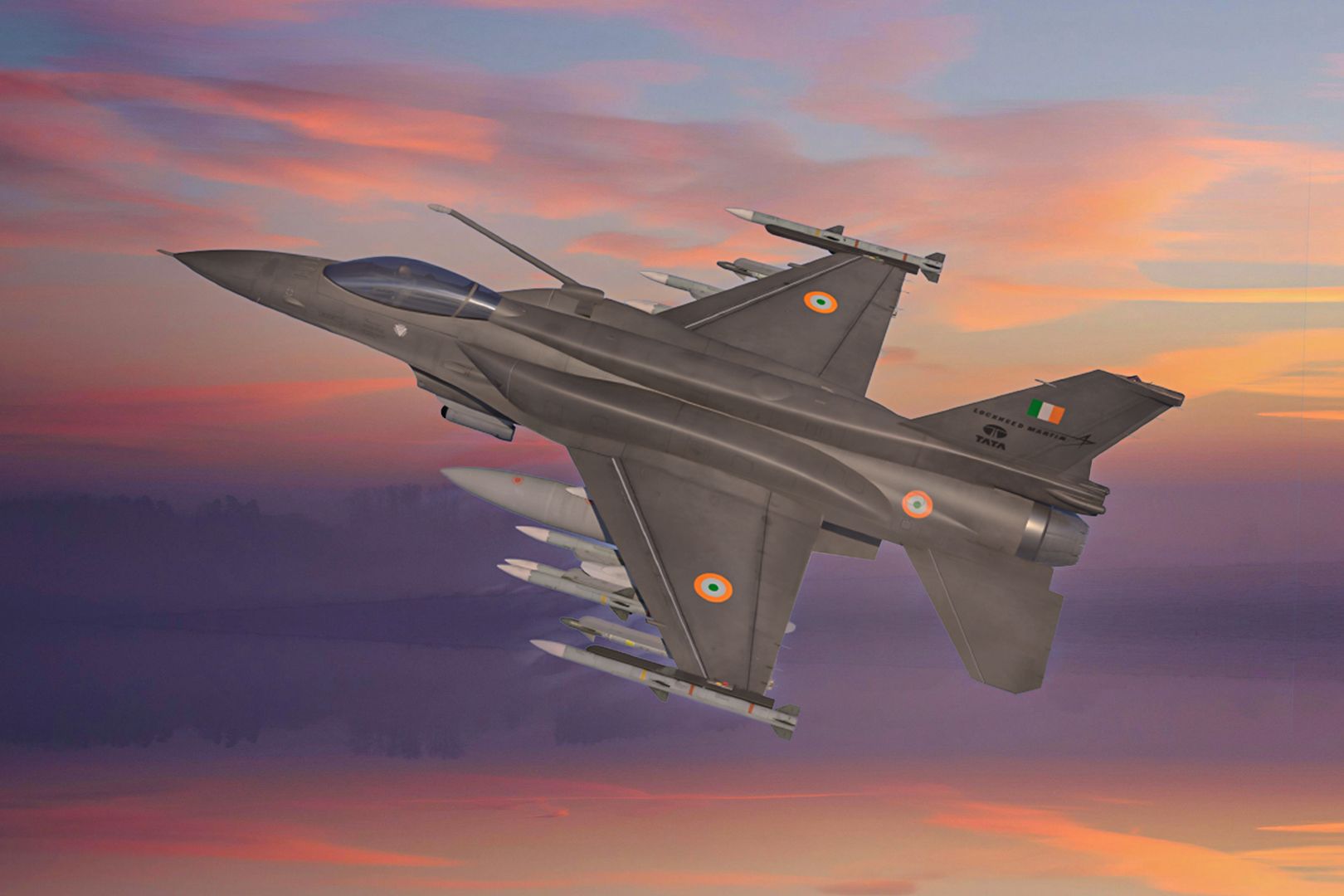
Related
How The US & India Cooperate On Military Aviation Technology
India and the US are increasing military aviation cooperation. We garnered some firsthand info on this at a prestigious Washington DC think tank.
|
Crew: |
1 (pilot) |
|
Fuselage Length: |
21.2 m (69 ft 7 in) |
|
Wingspan: |
13.01 m (42 ft 8 in) |
|
Height: |
4.69 m (15 ft 5 in) |
|
Empty Weight: |
17,000 kg (37,479 lb) |
|
Max Takeoff Weight: |
37,000 kg (81,571 lb) |
|
Max Airspeed: |
Mach 2.0 |
|
Combat Range: |
2,000 km (1,200 mi, 1,100 NM) |
|
Service Ceiling: |
20,000 m (66,000 ft) |
|
Armament: |
|

Related
What Combat Aircraft Does The Philippines Have?
Current Sino-Philippine tensions could be a flashpoint for WWIII. We shall now examine the Philippine Air Force’s (PAF) combat capabilities.

